Visiting the Great Wall of China: How to Choose the Best Experience
Robin•Aug 14, 2025
If you’re planning a trip to China, you can’t miss visiting the Great Wall of China, one of the modern Seven Wonders of the World.
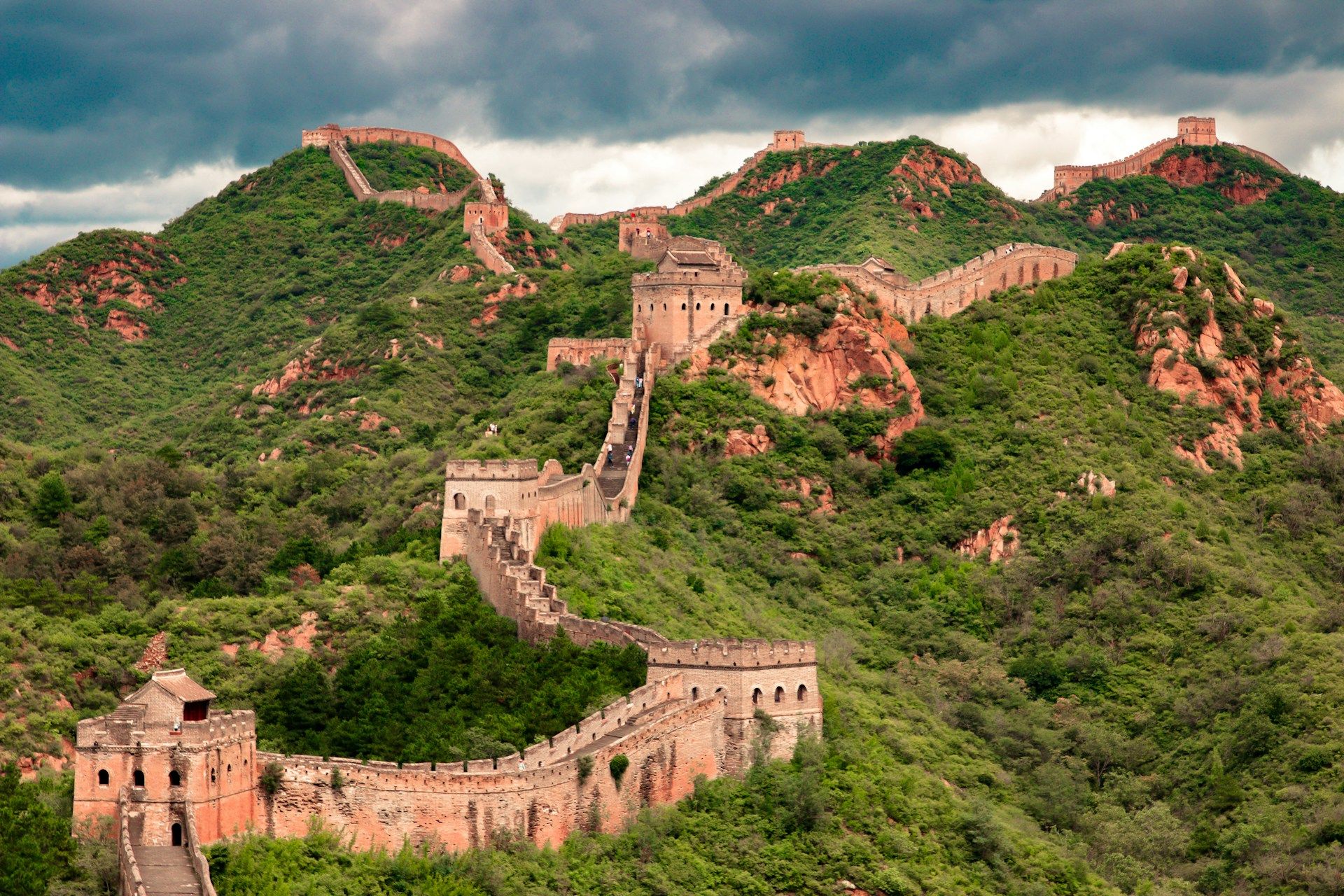
Photo by William Olivieri on Unsplash
The Great Wall of China is considered one of the modern Seven Wonders of the World for a good reason, as it stands as one of humanity’s most remarkable achievements. It can’t be seen from space, as the popular fact suggests, but it is impressive to see how it snakes across rugged mountains, desert plains, and verdant valleys when you fly over China.
It’s often spoken of as a single monument, but in reality, it is far more complex. We’re talking about a massive complex that was built, rebuilt, and repaired in sections multiple times over multiple millennia. That’s why visiting the Great Wall isn’t a one-size-fits-all experience, but a series of gateways into China’s storied past, natural grandeur, and modern travel preferences.
But before you start your trip, use this opportunity to try Yoho Mobile’s free eSIM, or, if you’re already a customer, you can get a 12% discount with our promo code YOHO12. See how easy it is to install, and share all your photos and videos with your friends and family now that you have a great internet connection.
Visiting the Great Wall of China
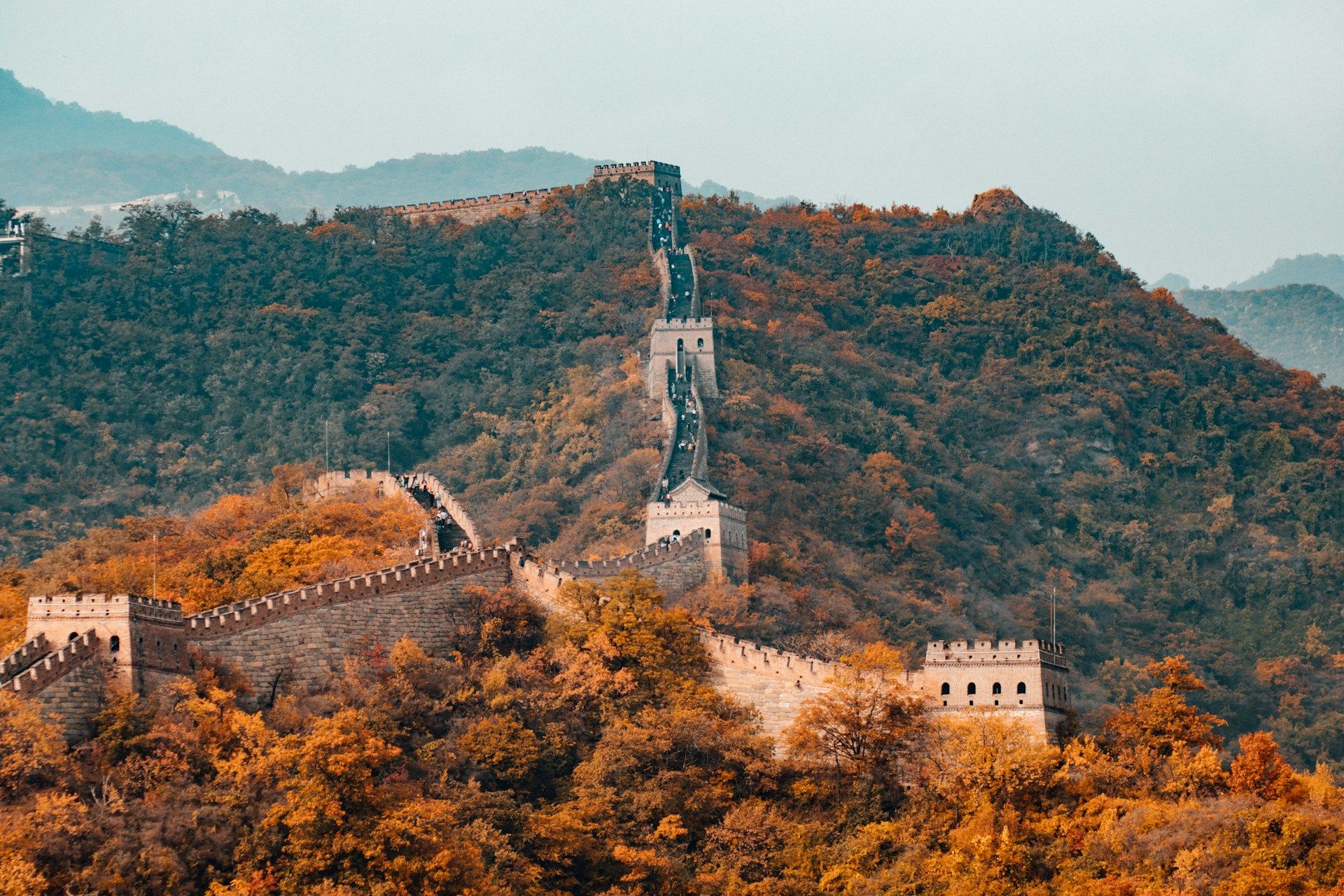
Photo by Hanson Lu on Unsplash
Know Before You Go: The Wall Isn’t Just One Wall
While sections like Badaling do resemble the iconic stone ramparts crowded with tourists near Beijing in photos, there are also wild, crumbling sections that test the spirit of adventurers, as well as serene, restored stretches perfect for family hikes. In this article, we’re going to explore them all, giving you several options that suit various kinds of travelers.
What Is Actually the Great Wall of China?
What is the first thing that you imagine when you try to picture the Great Wall of China? It probably is a single, continuous stone barrier winding endlessly across mountain ridges. But in reality, the Great Wall is not just one wall; it’s actually a vast network of walls, fortresses, watchtowers, trenches, and natural barriers constructed by various dynasties over more than 2,000 years.
The result was what we know today as the Great Wall of China, which stretches over 21,000 kilometers, weaving through deserts, forests, and rugged peaks, with many parts now eroded or reclaimed by nature. Most of what tourists see today was built during the Ming Dynasty (1368–1644), especially in areas near Beijing. Because of this, the better-preserved sections, such as Badaling and Mutianyu, are more notable, while other parts, like Jiankou or Gansu’s crumbling earthen stretches, tell different, often wilder stories.
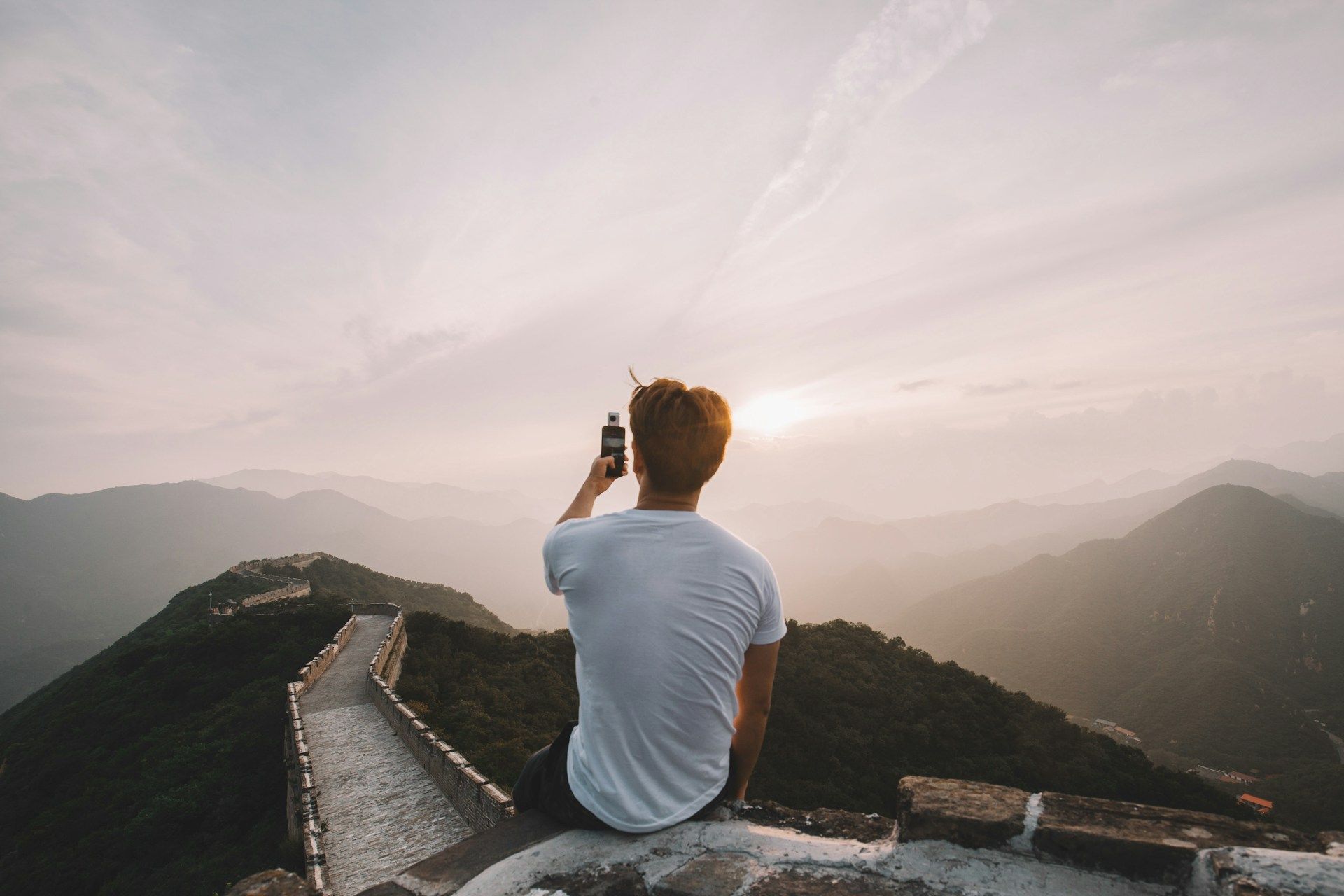
Photo by Road Trip with Raj on Unsplash
Why Your Wall Experience Should Match Your Travel Style
Now that we know not all sections are the same, let’s discuss how you can enjoy it depending on your travel style.
If you’re a history buff who enjoys context and comfort, a structured visit with signage and facilities will make your trip meaningful. On the other hand, if you’re a hiker or a photographer chasing morning light, you’ll probably prefer a raw, less restored part of the Wall. And if you’re traveling with kids or grandparents, safety and access might be your top priority.
Choosing a section that suits your personality and physical abilities is essential if you want your visit to become more than just sightseeing. It becomes an authentic, personal encounter with one of the world’s greatest architectural feats.
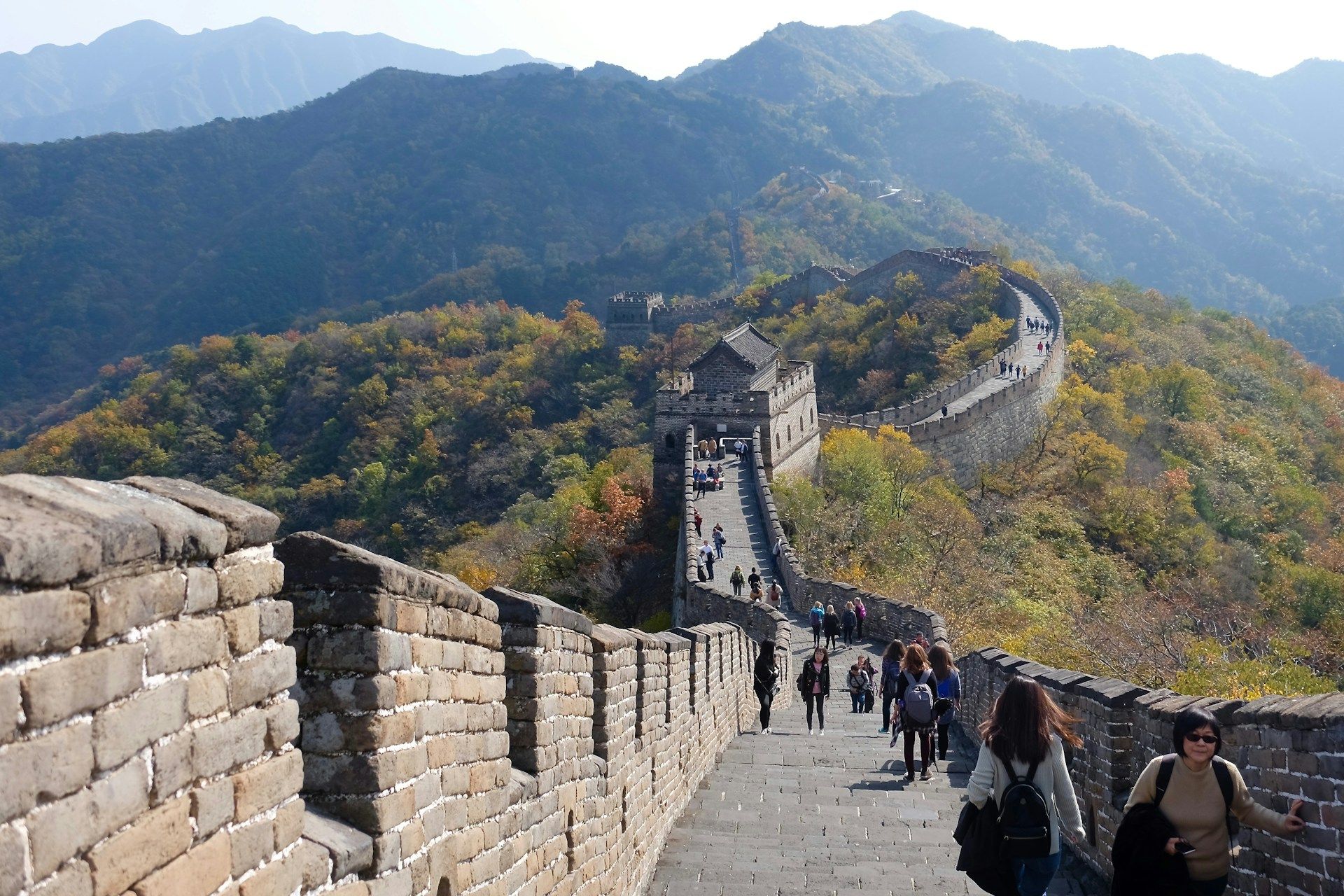
Photo by Bruce Röttgers on Unsplash
How to Match Your Travel Style to the Right Wall Section
Let’s review the most popular sections and how they can align with your personal travel style.
-
First-time visitors: The most recommended section for newcomers to China is the most popular of them all, Badaling. It’s excellent, as it’s easily accessible, well-maintained, and features lots of informative panels and facilities. You can make a quick trip from the capital, as you’ll be occupied with seeing many more important landmarks in Beijing.
-
Photographers and nature lovers: If you want great visibility and dramatic landscapes, Jinshanling is the best section for you to visit. Additionally, it’s less crowded, making it ideal for capturing sunrise and sunset shots.
-
Family with kids and elderly travelers: Maybe in the past, you could visit all the wild sections and climb up every single stair without sweating it, but life keeps going. And if you’re an elderly traveler, traveling with one, or with small kids, Mutianyu is better for you as it has fewer crowds than Badaling, along with cable cars and toboggan rides. This makes it scenic, manageable, and fun.
-
Adventurous hiker: Now, if you’re traveling to the Great Wall looking for a challenge, Jiankou is the section you’ve been dreaming of. In a few words, it’s wild and dramatic, making it ideal for challenging hikes and remote photo opportunities. Definitely not suitable for beginners, so check all the info before you go.
-
Culture seeker: If you’re looking for a section that’s quiet and rich in history, preferably near restored villages or heritage towns, Simatai and Gubeikou adapt more to your style.
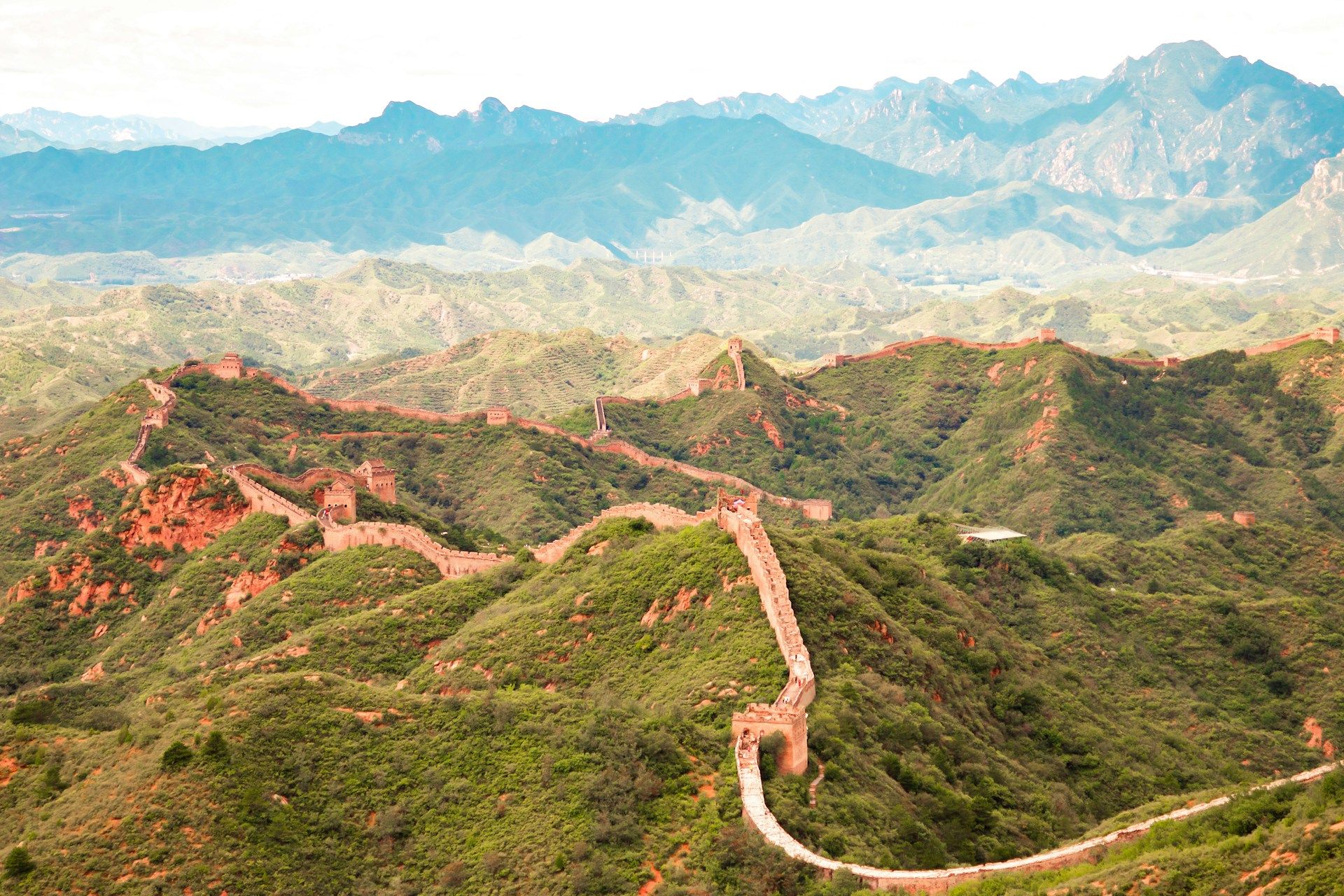
Photo by William Olivieri on Unsplash
The Great Wall section-by-section
Let’s talk more in-depth about the most popular sections to visit and add important details that you’ll want to know before visiting.
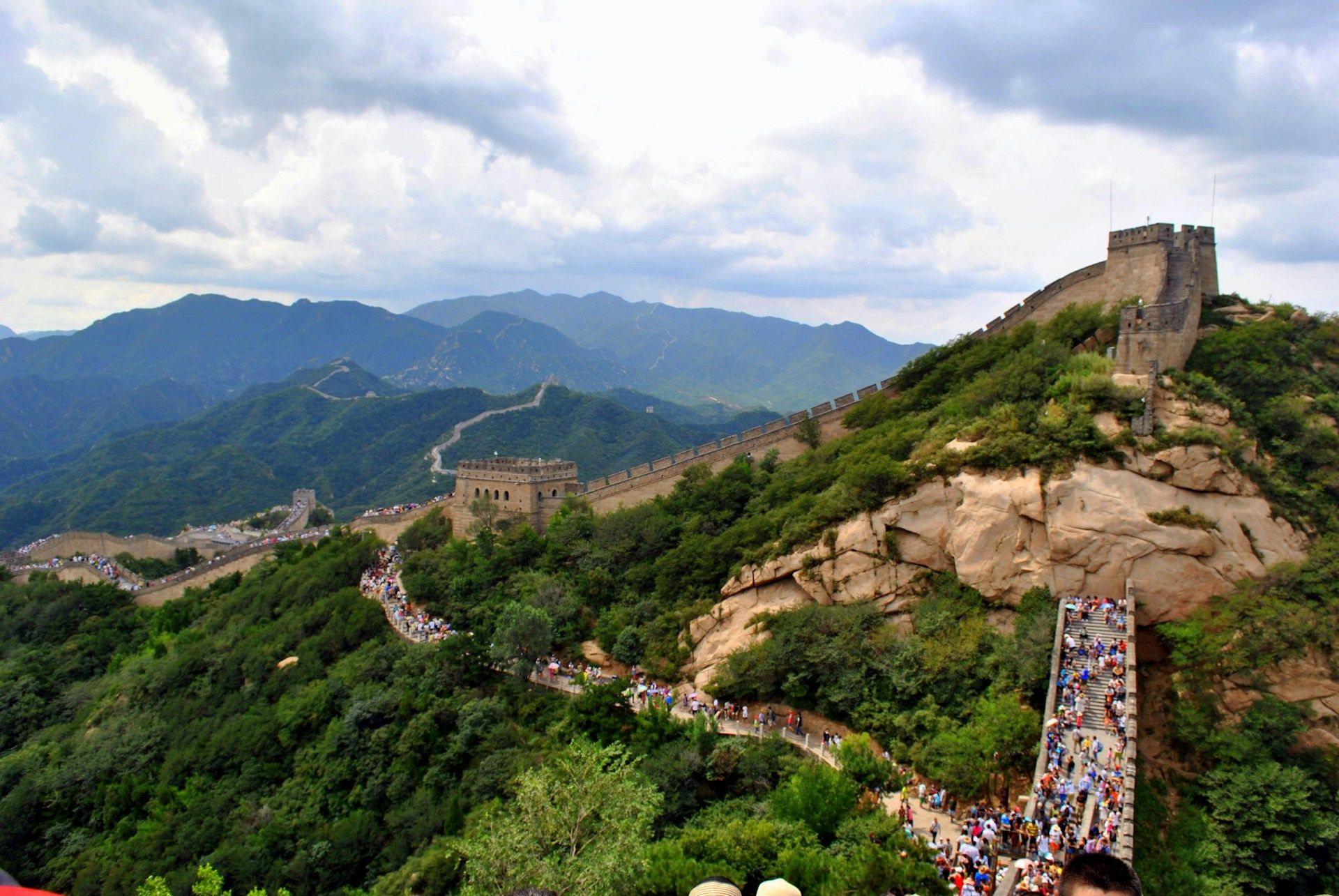
Badaling: The Most Visited Wall
Badaling, the most visited, is located only about 70 kilometers northwest of central Beijing. It’s easily the most accessible, since not only is it close, but there are also many available excursions that will take you there.
In general, it’s ideal for first-time visitors, families with children, senior travelers, and anyone who prefers modern infrastructure. It’s also wheelchair accessible and includes cable cars, a museum, and paved walkways. On the downside, as you can imagine, crowds are very common, especially on weekends and holidays, so try to avoid those days if possible.
If you’re wondering why this section is so popular, here’s a bit more context. Badaling was one of the first sections of the Great Wall to be restored and opened to tourism in the 1950s. So it’s no wonder that it’s so tied to its symbolic role in representing the Wall’s importance during modern Chinese development.
Mutianyu: The Balanced Choice
Moving northeast of Beijing, approximately 73 kilometers away, you’ll find another popular section, Mutianyu, which is slightly less crowded than Badaling but equally accessible. It’s also great for photographers, couples, and travelers seeking a balance of nature and history.
As we mentioned, this section is also quite accessible, featuring cable cars and toboggan rides. It has well-preserved fortifications, watchtowers, and lush forested scenery, especially beautiful in autumn, a fact that makes it perfect for those wanting a somewhat quieter and more scenic experience without sacrificing convenience.
For some historical context, it was initially built in the 6th century and subsequently rebuilt during the Ming Dynasty. This section actually saw a lot of battle, and it played a critical role in defending Beijing’s northern frontiers.
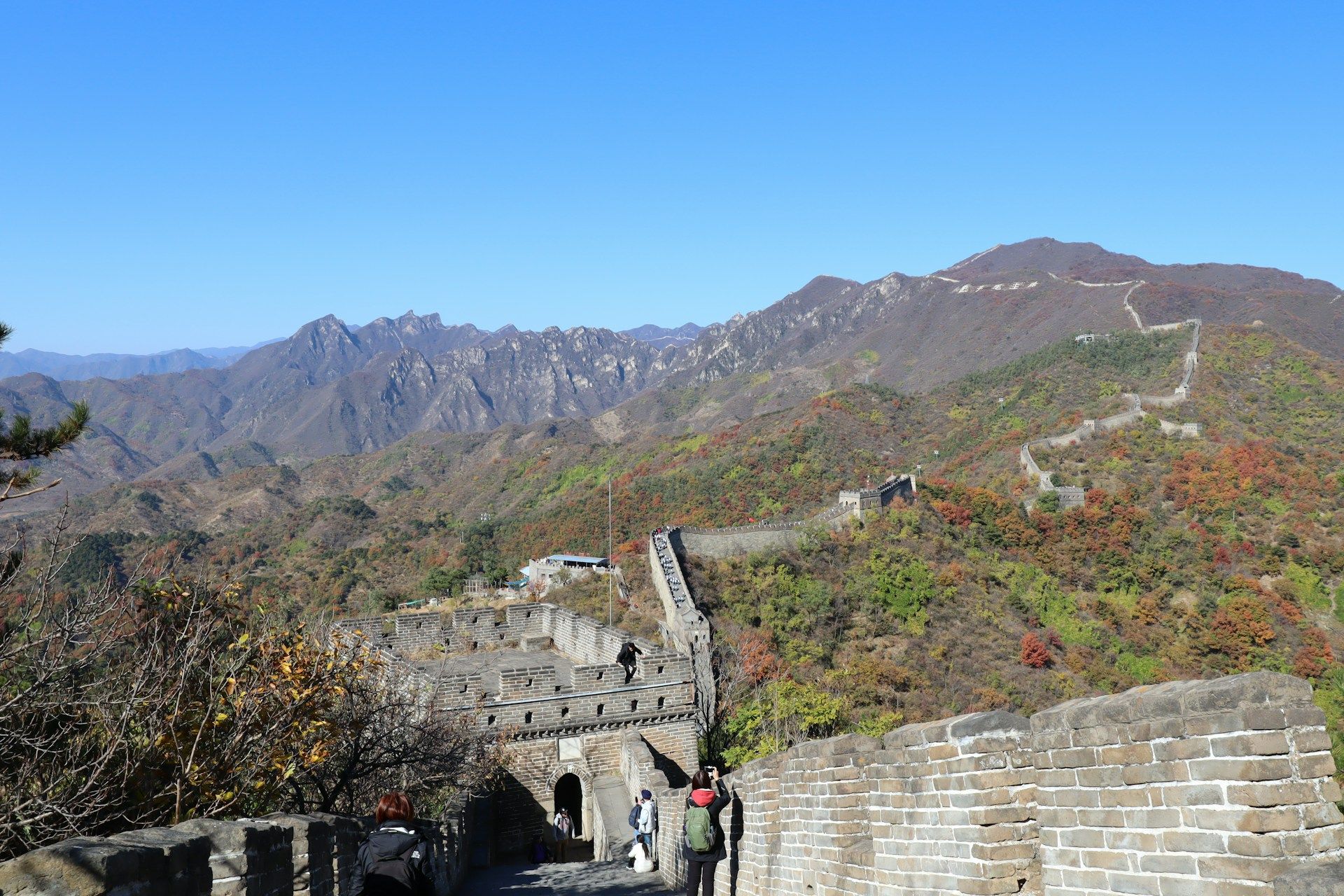
Photo by Carol Jeng on Unsplash
Jinshanling: For Hikers and Photographers
If you’re looking for a true challenge or an incredible photo, you’ll have to move a bit further away. Jinshanling is about 125 kilometers to the northeast of Beijing, and while farther out, it’s well worth the journey.
It attracts a large number of hikers, landscape photographers, and travelers seeking a less commercialized, more adventurous experience. And, if you’re looking for a long walk, the moderate to challenging hike between Jinshanling and Simatai is a favorite among active travelers. You can do it completely, it’s just 10 km, although it will take a significant amount of time.
If you’re imagining an abandoned wall left entirely to nature, think again. There is some infrastructure, even if it’s more rugged than Badaling or Mutianyu. So be prepared with good footwear and water.
Jiankou: Wild and Untamed
However, if you’re looking for that wild part of the Great Wall, a section that hasn’t been reconstructed and remade perfectly for the tourist view, you have to visit Jiankou. It’s located about 100 kilometers north of Beijing. It is one of the most rugged and unrenovated sections of the Wall, which makes it technically unofficial and not maintained for tourism, meaning it’s risky but stunning.
It’s essential to keep this in mind, so it’s only recommended for seasoned hikers, adventurers, and thrill-seekers. Jiankou is steep, broken, and in some places, dangerous, so it requires excellent physical condition and is best tackled with a guide who knows all the local regulations and which parts are legal to hike.
Travel Tips for Visiting the Great Wall
-
Timing is everything: Visit early in the morning to avoid crowds and capture the best light for photos. Later in the afternoon is another option, as the setting sun casts a golden glow over the entire landscape.
-
Avoid major Chinese holidays: Visiting the Great Wall during a holiday is definitely not a great idea, as so many people do it. For example, times like Golden Week in early October and the Chinese New Year can be especially challenging.
-
Wear sturdy shoes: Even if you’re traveling to Badaling, you’ll still end up walking quite a lot, and remember that the Wall is steep in many places.
-
Dress for the season: Summers can be sweltering, and winters brutally cold, so layer accordingly while visiting the Great Wall to ensure a comfortable visit.
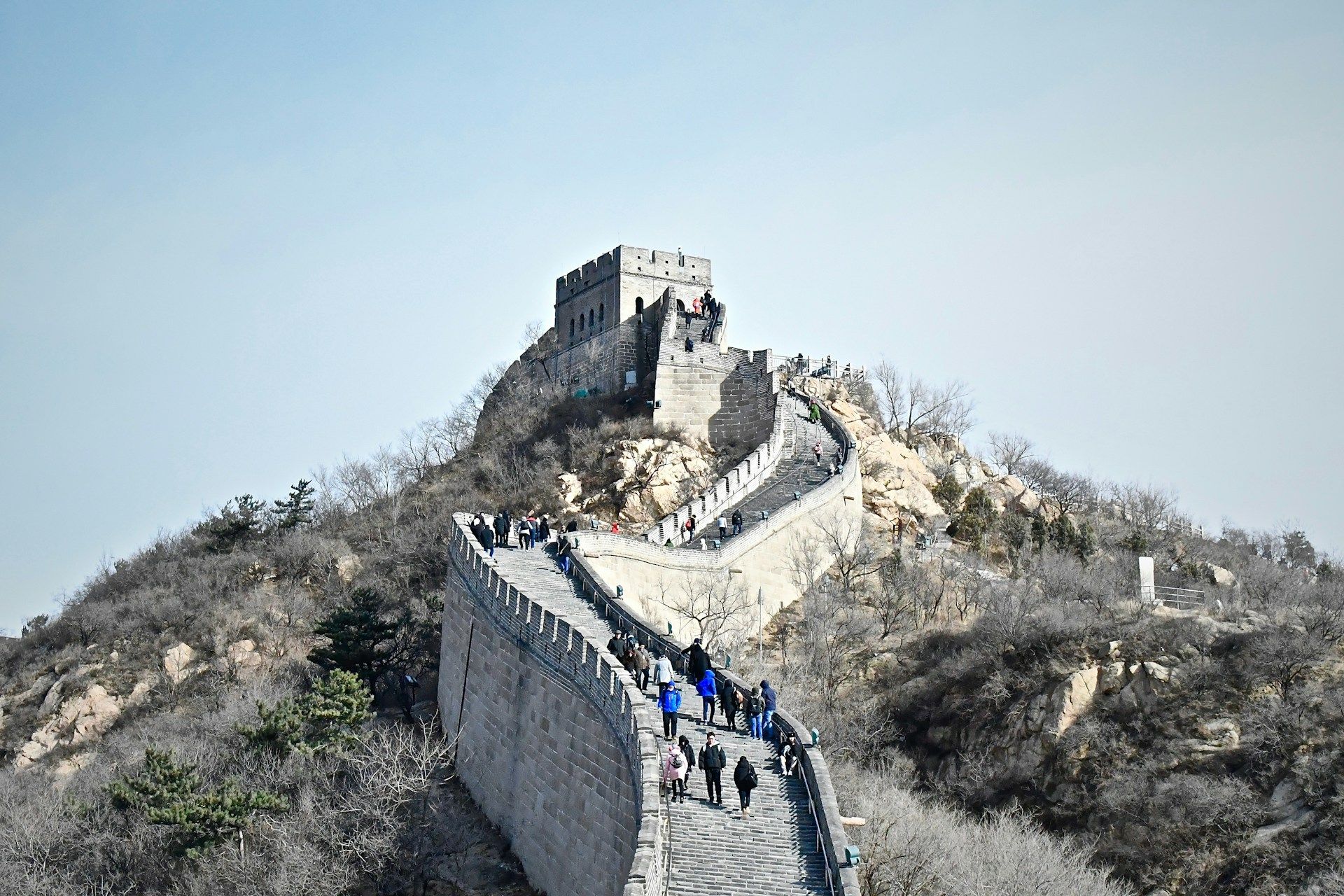
Photo by Riveen Manathunge on Unsplash
Final Thoughts
Ultimately, visiting the Great Wall is about more than seeing a monument; it’s about discovering how your own story connects to this epic human endeavor. So choose your Wall not by the guidebook alone, but by what kind of memory you want to carry home.
